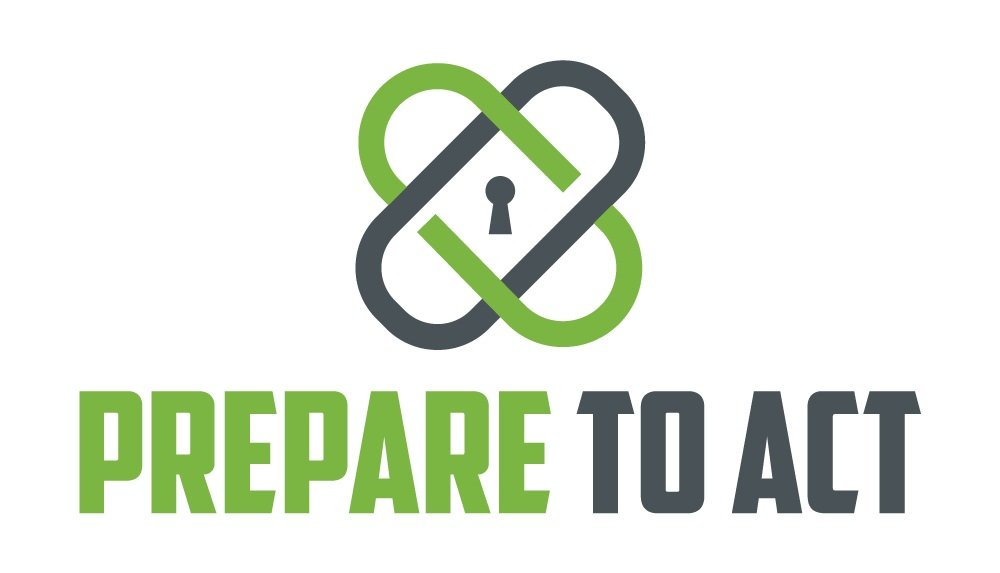Preventing Sexual Harassment in the Workplace: A Comprehensive Guide
A Short Guide To Teach You How To Identify, Stop, & Deal With Workplace Sexual Harassment.
Workplace sexual harassment is a severe problem that can have dire physical, psychological, and financial repercussions for victims and their employers. Understanding sexual harassment, how to stop it, and how to handle cases of harassment when they happen is crucial for both employers and employees.
We'll give you a thorough review of sexual harassment in the workplace in this book, along with information on its various manifestations, effects, and preventative and remedial measures.
Sexual harassment: What is it?
Sexual harassment is characterized as unwanted or uninvited sexual approaches, requests for sexual favors, or other verbal or physical acts of a sexual nature that disrupt a person's ability to do their job or that create a hostile, offensive, or intimidating work environment.
Sexual harassment types
Sexual harassment can take many different forms in the workplace, including:
When a manager promises a promotion, increase, or other perks in exchange for sexual favors, this is known as quid pro quo harassment.
When an employee is subjected to unwanted sexual jokes, comments, or advances that make the workplace intimidating or unpleasant, this is referred to as hostile workplace harassment.
Third-party harassment is when an employer is subjected to unwanted sexual behavior by a client, customer, or vendor.
When a worker experiences LGBTQ+ harassment, it is done so because of their sexual orientation or gender identity.
Sexual Harassment Effects
Stress, worry, despair, and physical symptoms like headaches and insomnia are just a few of the devastating physical and mental impacts of sexual harassment on victims. Also, it may have detrimental effects on business culture and reputation, as well as reduced productivity and higher absence rates.
Keeping Sexual Harassment at Bay
Sexual harassment in the workplace must be stopped and addressed very away by employers in order to be compliant with the law. This entails putting in place a sexual harassment policy, training staff members, and setting up a procedure for receiving and handling complaints of sexual harassment.
In addition to speaking up when they see inappropriate behavior and becoming aware with their company's sexual harassment policy, employees can also prevent sexual harassment.
Taking Action in Sexual Harassment
It's critical to take the following actions if an employee exposes or reports sexual harassment:
Take the employee's word for it, and respect it.
Reassure the employee that they were not at fault and thank them for speaking out.
Keep the discussion private and only divulge information to those that require it.
Keep a record of the exchange and any pertinent information.
Act quickly and appropriately to deal with the situation.
Employees who have dealt with sexual harassment at work have access to a range of resources. Counseling services, legal aid, and support groups are a few examples of these resources. Giving employees access to these tools can ensure that they have the support they need to deal with the psychological and physical effects of harassment and, if required, pursue legal action.
The Case Study
Megan works as a sales representative for a significant tech firm. One day, Alex, her manager, invited her to a dinner meeting with a possible customer. Alex made repeated improper remarks and caressed Megan's leg beneath the table during the meal.
Megan experienced discomfort and felt violated, but she was helpless. She chose not to report the event to HR because she didn't want to run the risk of losing her job or jeopardizing her career. Yet after a few weeks, Alex persisted in saying offensive things and even started sending Megan late-night texts.
Megan's performance at work began to degrade as a result of her intense stress and anxiety. She made the choice to talk to a coworker who had just finished a sexual harassment training course. Megan was encouraged by her coworker to go with HR and was given advice on how to stop putting up with the conduct.
Megan reported the event to Human Resources with the assistance of her coworker. The business investigated the situation carefully and took it seriously. Due to Alex's violation of the workplace's sexual harassment policy, she was fired.
Megan was happy that the issue had been fixed and appreciative of the help she had gotten. She discovered that it is morally correct to report sexual harassment and that there are services available to assist staff members who have been subjected to harassment.
In Conclusion:
Sexual harassment is a serious issue that affects many people in the workplace. It is important for both employers and employees to be aware of what constitutes sexual harassment, how to prevent it, and what to do if it occurs. By implementing sexual harassment policies, providing training and resources, and taking prompt action to address any incidents, we can work towards creating a safe and respectful workplace for all.
At Prepare To Act, we offer comprehensive sexual harassment training classes for employers and employees. Our training covers everything from defining sexual harassment to creating a safe and respectful workplace culture. If you have any questions or concerns about sexual harassment in the workplace, please reach out to us.
Let us help you create a safe and positive work environment for everyone.
